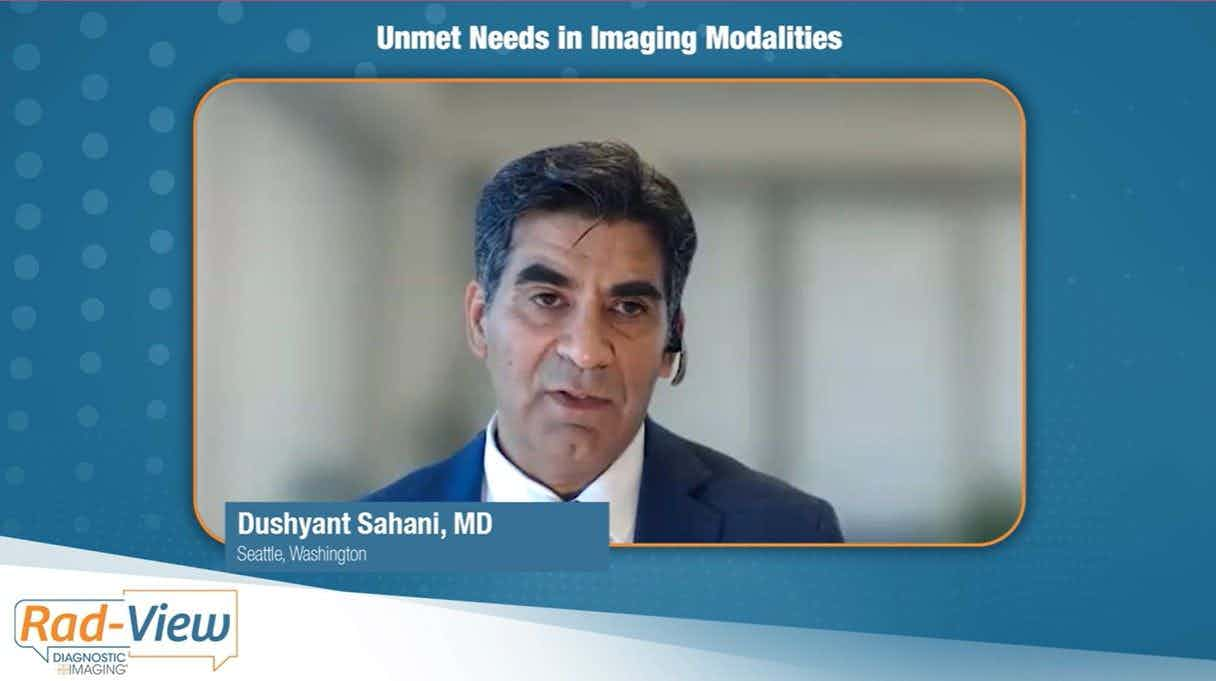Fidelis ensures accurate nuclear medicine dosing
Take heed nuc med labs. The British have come up with a smashing idea: an instrument that allows medical physicists to make sure the instruments they use to check the doses of radioactive compounds are themselves accurate.
Take heed nuc med labs. The British have come up with a smashing idea: an instrument that allows medical physicists to make sure the instruments they use to check the doses of radioactive compounds are themselves accurate.
The device, Fidelis, is a computer-controlled electrometer married to a gas-filled chamber set between two conducting electrodes. When a radioactive source is placed near the chamber, gamma rays emitted by the source ionize the gas, creating a current that can be measured by the high-resolution, high-linearity electrometer. The chamber was designed by the National Physical Laboratory, the U.K.'s national measurement institute.
Developed and brought to the market by Southern Scientific, Fidelis serves as an example of the applied technology program of NPL, which licenses government-owned technology to the private sector.
The finished product has been available for several months, but only now is the company beginning to promote its value through a marketing campaign that describes Fidelis as "the next-generation radionuclide calibrator with unsurpassed accuracy and traceability."
Many hospitals use radionuclide calibrators that need recalibrating whenever new applications or newly designed vials come along. Fidelis needs no such attention, according to Southern Scientific.
What is the Best Use of AI in CT Lung Cancer Screening?
April 18th 2025In comparison to radiologist assessment, the use of AI to pre-screen patients with low-dose CT lung cancer screening provided a 12 percent reduction in mean interpretation time with a slight increase in specificity and a slight decrease in the recall rate, according to new research.










